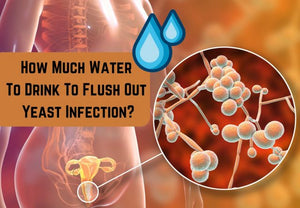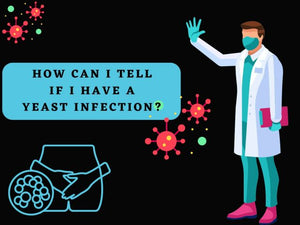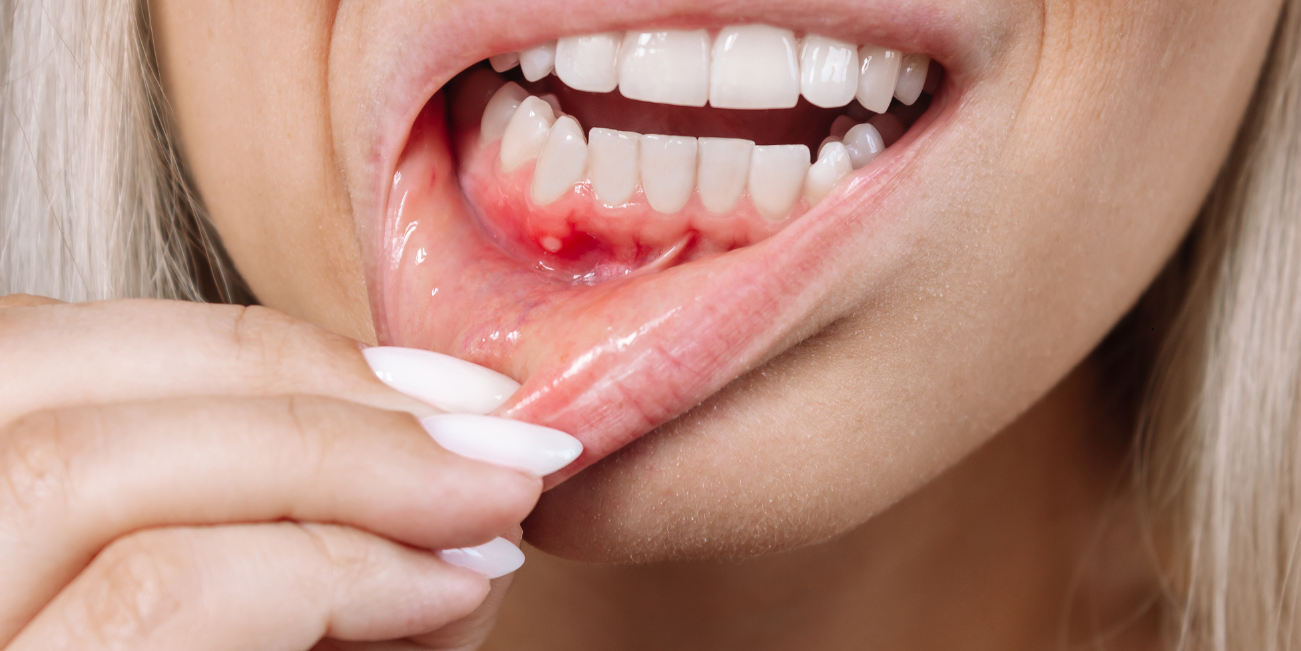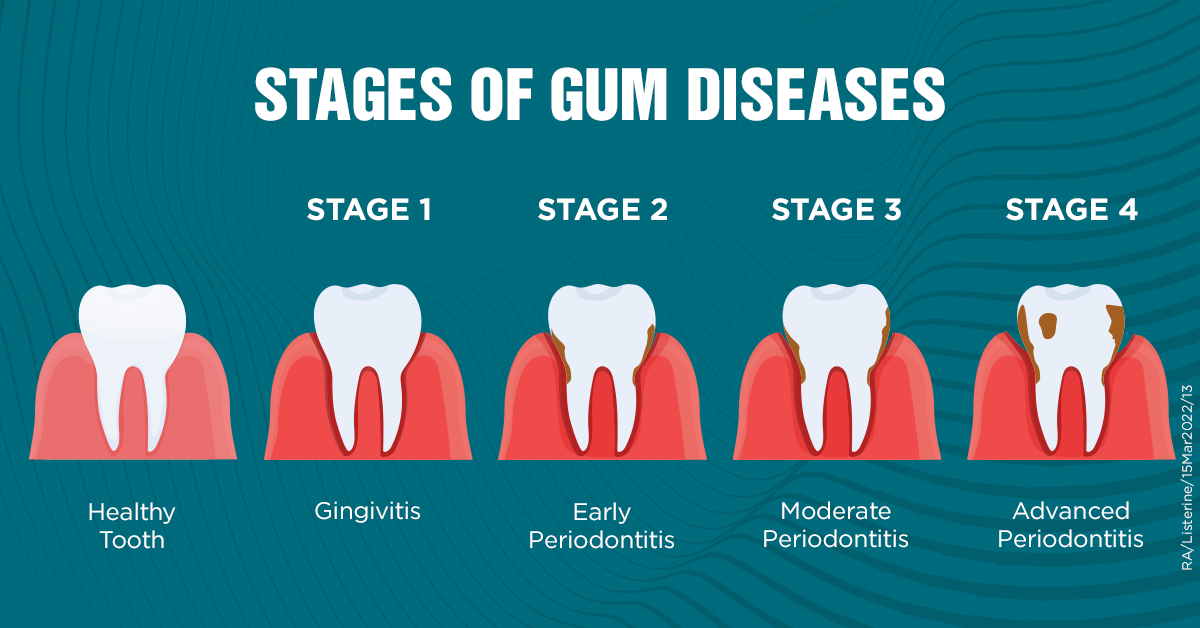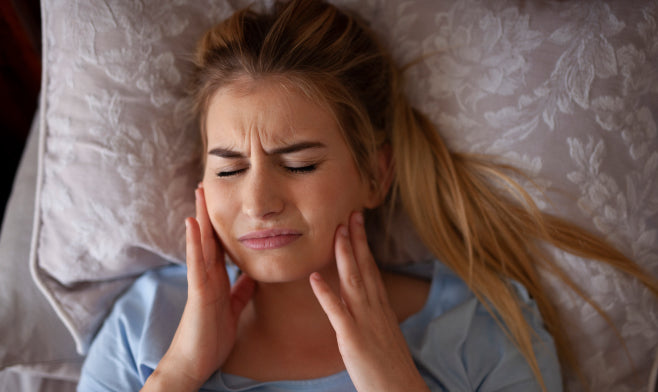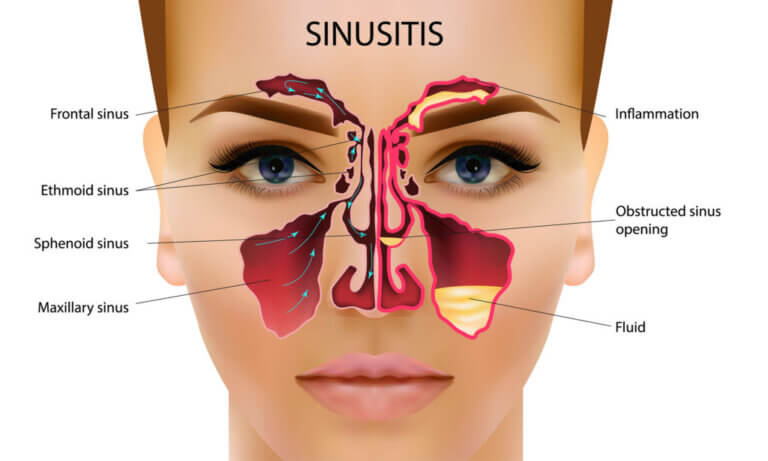Since yeast infections are caused by a yeast known as Candida albicans- belonging to the kingdom of fungi, these are incredibly stubborn species that proliferate rapidly owing to their resistant mechanisms and sturdy anatomy. Amongst the yeast infections infecting the mouth, nails, armpits, throat, esophagus, vagina, and penis, vaginal yeast infections are the most common.

Many people encounter such infections and do not notice, after which the infection either goes away on its own or becomes aggravated. It is because they don’t know the difference between natural vaginal discharge, bacterial infection, and vaginal yeast infection. Therefore, this brief description is all about a vaginal yeast infection, how to tell if you have a yeast infection, how long a yeast infection last, and when you should seek medical attention.
How To Know If I Have A Yeast Infection?
Vaginal yeast infection is also known as Candidiasis because it is caused by a yeast species called Candida albicans. It is characterized by itchiness and irritation in the vaginal opening, tract, and vulva, along with excessively thick vaginal discharge.
It affects seven out of ten women who encounter such an infection about twice a year, except for recurrent infections that occur about 4-5 times a year. If you want to know if you have a yeast infection, know the following signs and symptoms to figure it out yourself. Nevertheless, you should seek medical assistance to confirm if you have a vaginal yeast infection, STI, or UTI since an accurate diagnosis is necessary for proper treatment.
Signs And Symptoms Of Yeast Infection
- Itching and irritation in the vaginal cavity
- Redness and swelling of the vagina and vulva
- Burning sensation while urinating and having intercourse
- Vaginal swelling and rash
- Dull pain every time and sharp pain during intercourse
- Thick cottage cheese-like vaginal discharge
- Vaginal secretions with or without odor
- The odor is unpleasant but not fishy(in case of bacterial infection)
What Are The Risk Factors Of Yeast Infection?
- When you have a weakened immune system due to HIV/AIDS, UTI, post-organ transplant, or when on cancer chemotherapy or steroid therapy, the risk of yeast infections increases.
- When you take antibiotics for too long, your risk of getting a yeast infection increases because antibiotics also kill good bacteria in the vagina that protects it from microbial attack.
- Contraceptive medications, including hormonal birth control pills and TDS patches, also increase the risk of yeast infections in women.
- Contraceptive devices such as intrauterine devices, vaginal sponges, and diaphragms can also cause yeast infection due to unhygienic practices during insertion and removal. However, spermicides do not cause candidiasis; they can irritate the vaginal cavity in some females.
- Pregnancy and diabetes mellitus (due to high blood and urine sugar content) also increase the risk.
- Yeast infection is not a sexually transmitted disease. Nevertheless, practicing unhygienic measures after having intercourse can spread the yeast infection from one person to another. Most commonly occur in sexually active females compared to non-active.
Also Read: Can Yeast Infection Cause Infertility? An Expert’s Interview
Does Yeast Infection Go Away On Its Own?
The most commonly asked question is how long does a mild yeast infection last? Mild yeast infections with no severe symptoms usually disappear in almost three days. In many women, these mild yeast infections often go unnoticeable. Nevertheless, you can take over-the-counter medications or try home remedies like a cold compress, greek yogurt, and apple cider vinegar to manage the condition. However, moderate to severe yeast infections, lasting up to two weeks, should be treated in time to avoid worsening the condition. In that case, you should seek medical assistance and take prescription oral and topical antifungals.

Recurrent Yeast Infections
How long does a yeast infection last that is recurring? If yeast infections occur about four times a year, these are known as recurrent yeast infections. These can occur in almost 8 percent of women. Moreover, recurrent yeast infections do not heal with home remedies like taking a sitz bath or probiotics but require special treatment. Your healthcare provider must conduct a diagnostic test on vaginal secretions to determine the causative agent of recurrent yeast infections.
Though Candida albicans cause most vaginal yeast infections, recurrent infections may be caused by other less common species known as Candida glabrata and Candida krusei. Furthermore, recurrent yeast infections require a long-term treatment plan with multiple doses of fluconazole daily for up to three weeks, following once-daily doses in a week and then a month.
How Long Do Other Yeast Infections Last?
Candida causing yeast infection in other body parts can last for varying periods. For example;
How Long Does Oral Thrush Last?
Oral thrush can last up to two weeks with treatment. However, it may last up to eight weeks without treatment or become severely aggravated and systemic. Always remember that yeast infections require treatment for complete eradication.
How Long Does A Penile Yeast Infection Last?
A penile yeast infection may disappear in about seven to fourteen days, provided with an accurate diagnosis and following treatment.
How Long Does A Yeast Infection Last Of Nail?
A nail yeast infection can last several weeks to months following ongoing treatment. Toe and nail yeast infections are highly contagious and can spread to other skin areas.
FAQs
How Long Does A Yeast Infection Last Without Treatment?
If it\’s a mild yeast infection, it can last up to three days without treatment. Nevertheless, moderate to severe yeast infections require treatment and can disappear in almost two weeks.
How To Tell If A Yeast Infection Has Gone?
You may not experience irritation, itching, pain, and swelling in the vagina and vulva if your yeast infection has gone entirely. You may also notice clear or thin vaginal discharge.
How Long Does A Yeast Infection Last After Taking Fluconazole?
It will take about a week for your yeast infection to the last while on a fluconazole treatment.
How Long Does A Yeast Infection Last After Diflucan?
Depending on the severity of your infection, you will require about one to weeks to completely heal while taking Diflucan.
How Long Does A Yeast Infection Last With Treatment?
A yeast infection can disappear in three to seven days with Monistat and terconazole treatment.
How Long Does A Penile Yeast Infection Last?
Providing the infection is diagnosed accurately and appropriately treated, it may disappear in about seven to fourteen days.
How Long Does A Mild Yeast Infection Last?
A mild yeast infection lasts for about three to five days. You may require OTC treatment or home remedies, or it may go away independently.
How Long Does A Yeast Infection Last After Antibiotics?
Antibiotics are not recommended to treat yeast infections. It is because antibiotics can kill good bacteria that protect the vaginal cavity from other microbial attacks; taking antibiotics can aggravate a yeast infection. It is only treated with antifungals.
Summing Up
It is a frequently asked question how long does a yeast infection last? The answer is dependable because the pace and length of the time the yeast proliferates dictates the severity and healing period of the infection. To know this, accurately diagnosing yeast infection and its causative agent is crucial. Your doctor will tell you whether you have a mild, moderate, or severe yeast infection. As explained earlier, mild infections last up to three days, whereas moderate to severe infections require a week or two to disappear completely. Anyhow, timely diagnosis and proper treatment may shorten the healing time and fasten the recovery.



